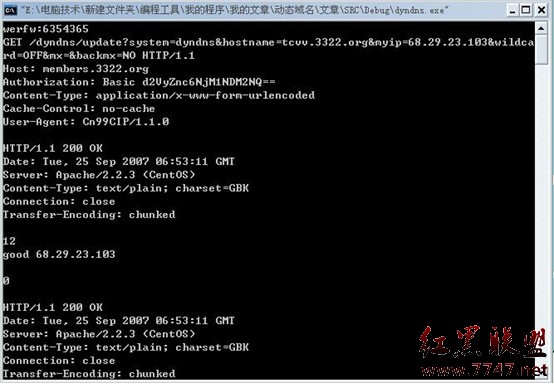tlslite经典例子
Python代码
import os.path
import socket
from tlslite.api import *
lsock = socket.socket(socket.AF_INET, socket.SOCK_STREAM)
address = ("localhost", 4443)
lsock.bind(address)
lsock.listen(5)
connection = TLSConnection(lsock.accept()[0])
dir="."
x509Cert = X509().parse(open(os.path.join(dir, "serverX509Cert.pem")).read())
x509Chain = X509CertChain([x509Cert])
s = open(os.path.join(dir, "serverX509Key.pem")).read()
x509Key = parsePEMKey(s, private=True)
#
settings = HandshakeSettings()
settings.minVersion = (3,0)
settings.maxVersion = (3,0)
connection.handshakeServer(certChain=x509Chain, privateKey=x509Key, reqCert=True, settings=settings)
#
#connection.handshakeServer(certChain=x509Chain, privateKey=x509Key, reqCert=True)
print "Test 14 - good mutual X.509"
assert(isinstance(connection.session.serverCertChain, X509CertChain))
connection.close()
connection.sock.close()
Python代码
import os.path
import socket
from tlslite.api import *
def connect():
sock = socket.socket(socket.AF_INET, socket.SOCK_STREAM)
if hasattr(sock, settimeout): #Its a python 2.3 feature
sock.settimeout(5)
address = ("localhost", 4443)
sock.connect(address)
c = TLSConnection(sock)
return c
connection = connect()
dir="."
print "Test 14 - good mutual X509"
x509Cert = X509().parse(open(os.path.join(dir, "clientX509Cert.pem")).read())
x509Chain = X509CertChain([x509Cert])
s = open(os.path.join(dir, "clientX509Key.pem")).read()
x509Key = parsePEMKey(s, private=True)
#
settings = HandshakeSettings()
settings.minVersion = (3,0)
settings.maxVersion = (3,0)
connection.handshakeClientCert(x509Chain, x509Key, settings=settings)
#
#connection.handshakeClientCert(x509Chain, x509Key)
assert(isinstance(connection.session.serverCertChain, X509CertChain))
connection.close()
connection.sock.close()
补充:Web开发 , Python ,





